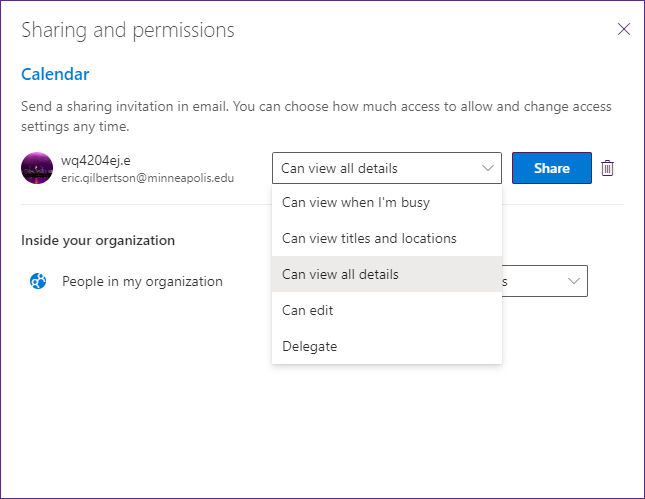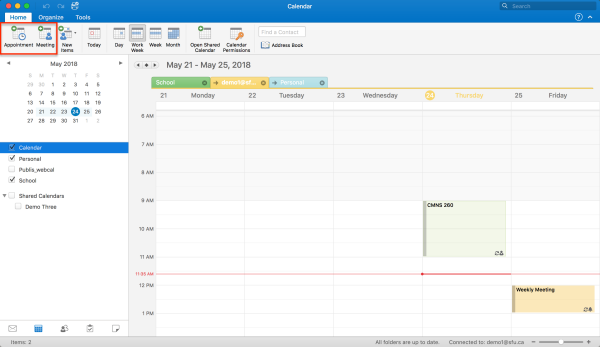

I am a color person and this is just assaulting my eyes. And don't get me started on the new colors-so ugly. I just got "upgraded" to 2016, formerly used 2010. Thanks, Microsoft, for making my job so much harder. This view colors past events that are not recurring. This view hides past events that are not recurring. the first screenshot is with no filters set. These screenshots are examples of using a view to color or hide past events. This way, if your current view gets reset, you'll have a copy of the view to re-apply. A white or a lighter gray color would blend into the background better but the contrasting colors helps the bar stand out.Īfter creating the conditional formatting rule and applying it to your view, go to the View tab, Change View and select Save View as a new view. (The rules are applied in order, with the first rule overriding subsequent rules.)Īny appointment or event that is not assigned a color will be colorized by the conditional formatting rules. Select the Today rule and click Move Up to make it the first rule in the list.(This rule is less useful if you have a lot of recurring or multi-day appointments or meetings as few appointments will be highlighted 'today'.) Note: If you don’t use Recurring equals no (or Recurrence pattern is empty), all recurring events will be highlighted. Because just changing the appointment colors is usually not enough to highlight Today, you can create a second Conditional formatting rule, using the Advanced tab to set a filter for Start Today and Recurring equals no.A warning dialog will tell you the rule will be applied to all events. Click the Ok button to Save and close the conditional formatting rule.(Unfortunately there isn't an option for White, 'none' is transparent.) Switch to the View tab and click View Settings (on far left).You can create multiple conditional formatting rules to color-code appointments instead of using categories. If you aren't using a lot of recurring or multi-day appointments or meetings, you can highlight appointments that start today (see screenshot at the end of this article). When appointment colors don't match the calendar color, the day highlight stands out (a tiny bit) better. If you aren't color categorizing most of your appointments, you can create a conditional filter to change the appointment colors.

Ĭolor on the View ribbon and select a different color. Right-click on the calendar folder and choose Color.I think pink stands out the best, but any color except gray or yellow is more visible. The filter conditions would be Start date is on or after today.Īlthough you can't change the color of the line, a different calendar color might help. Today would be the first date with appointments visible.

Or use conditional formatting to color all uncategorized past appointments black.įor a different take on it, you could use a custom view to hide old appointments. Because he event is marked busy, it may not the best solution for a work account where co-workers need to see your free/busy (you'll always be busy).Īnother, similar option is an all-day event for previous days, with a black category assigned to mark off days, much like you’d do on a paper calendar. This works best if your calendar doesn’t have a lot of appointments as it takes up space on the already-small calendar grid. It has a color category assigned and is set as Busy so category color shades the entire cell. However, conditional formatting won't work if you use color categories on your appointments, as color categories override conditional formatting.Īnother option is an all-day event that you move to the current day, each day. If you don't use color categories, use conditional formatting to highlight the events for today in a bright color.


 0 kommentar(er)
0 kommentar(er)
